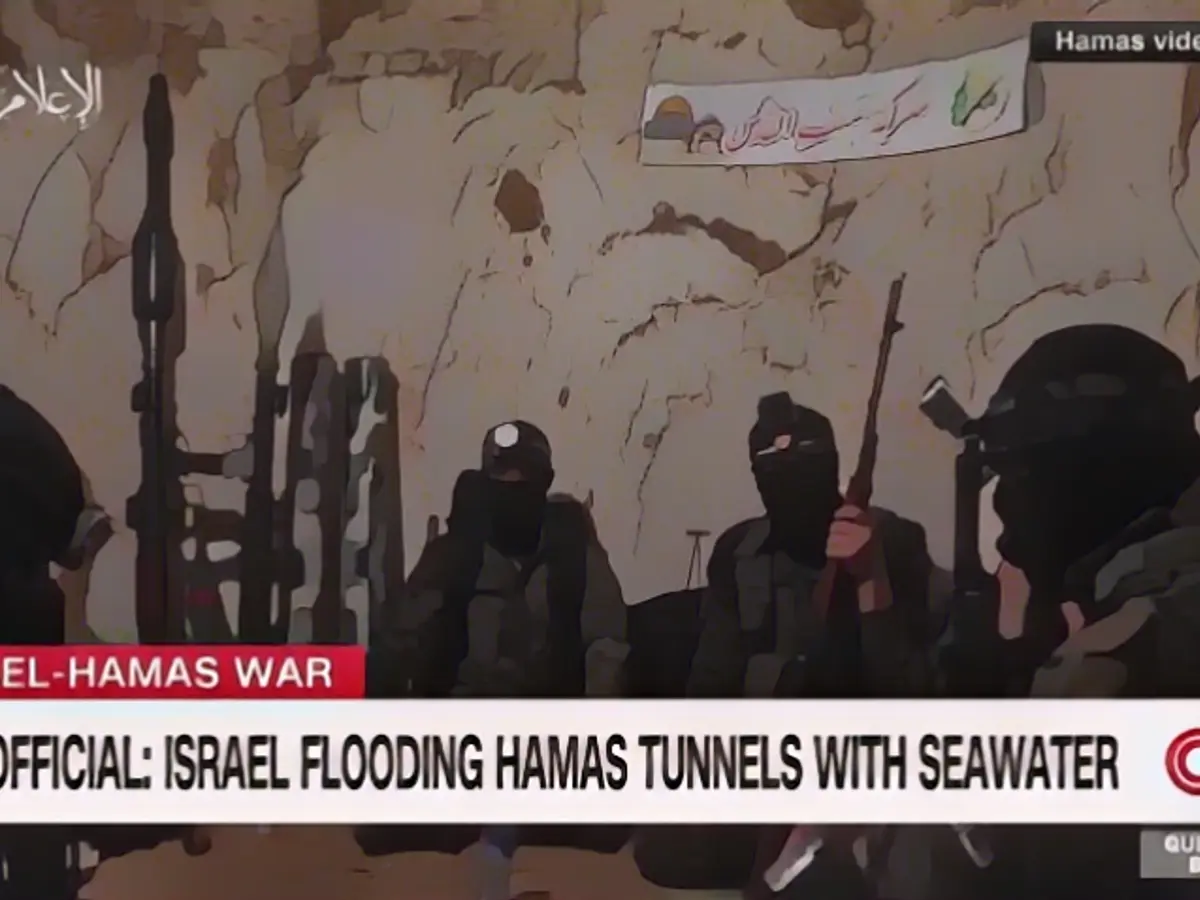Israel recently began flooding some tunnels in the Gaza Strip to destroy underground networks, according to a US official speaking to CNN. The Israeli method, while tested selectively, faces uncertainty as to its effectiveness and has drawn criticism.
While water flooding could strengthen flooding and damage the tunnel network more extensively, it's challenging and controversial. High pressure and adequate water volume are crucial for success, yet water might also pollute the fresh water supply and damage nearby infrastructure. Additionally, there's a possibility of killing hostages held by Hamas in Gaza, many of whom are believed to hide in the tunnels.
US officials indicated Israel wasn't confident the strategy would work but promised only to test the technique discreetly in tunnels they deemed free of hostages. Israeli forces declined CNN's comment request. A Hamas spokesperson stated that the group constructed the tunnels to withstand water pumping attacks.
Historically, tunnels have served as warfare tools, including in both World Wars, Afghan mountains, and the Vietnam jungle. However, the Hamas tunnels stand out for their novelty, complexity, and innovative features like depth, engineering, and complicated fortifications. These tunnels are said to span extensive parts of the densely populated Gazan area, press reports claim.
Experts and Hamas releases confirm that these tunnels are large enough to accommodate armed personnel, weapons, and vehicles. However, not all properties may be interconnected, and some buildings in the region feature reinforced structures and metallic doors. The scale of the Israeli military's flood test is not entirely clear, including the amount of water and pressure used or which specific tunnels were targeted.
To successfully flood the tunnels, adequate force should be applied to pierce both thick concrete walls and metallic doors. It may compel Hamas fighters to move deeper into the tunnels, assisting Israeli intelligence in identifying militants and hostages.
While flood tests to control tunnels aren't new, they can raise destructive consequences. Flooding underpopulated areas may impact the remaining infrastructure and potentially create sources of contamination, such as salty or polluted water sources. This may pose health risks and complications as clean water supplies suffer from scarcity in this region.
Experts are cautious about the risks of saline water inundation, upsetting groundwater sources, and damaging vital structures within the area. Amnesty International highlights that aquifer groundwater sources, essential sources of fresh water for the region, are becoming increasingly depleted and contaminated due to over-exploitation, together with seawater and wastewater infiltration.
In conclusion, while flooding tunnels as a countermeasure isn't without challenges, the Israeli military explores this method to combat Hamas's extensive tunnel network. The potential consequences of flooding range from damaging infrastructure, causing water contamination, and elevating public health risks to exacerbating the already fragile humanitarian situation in the region.







